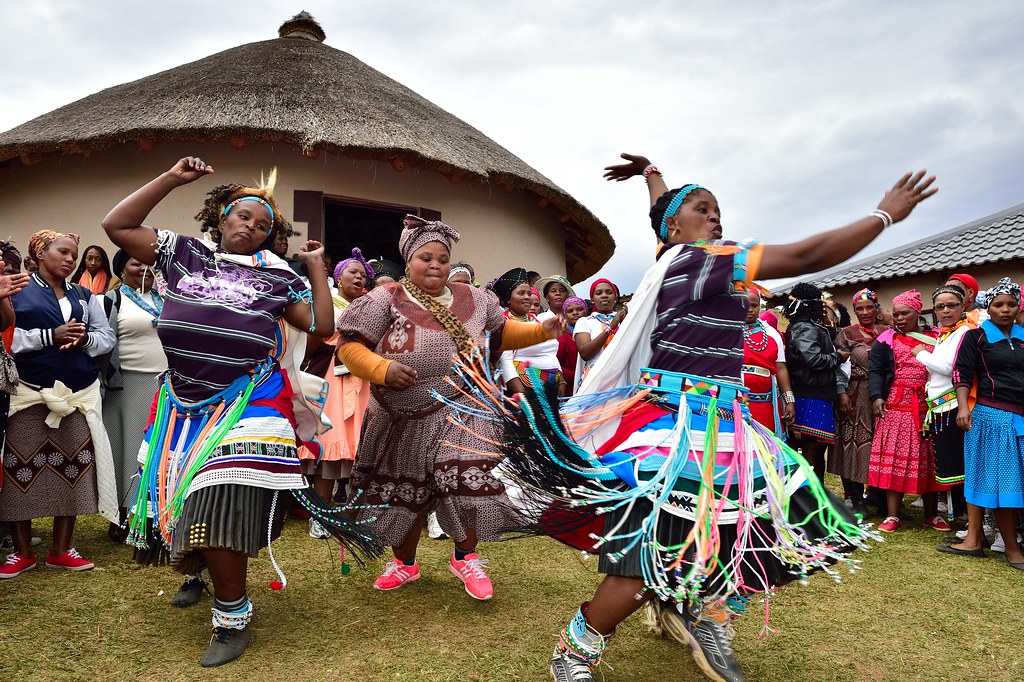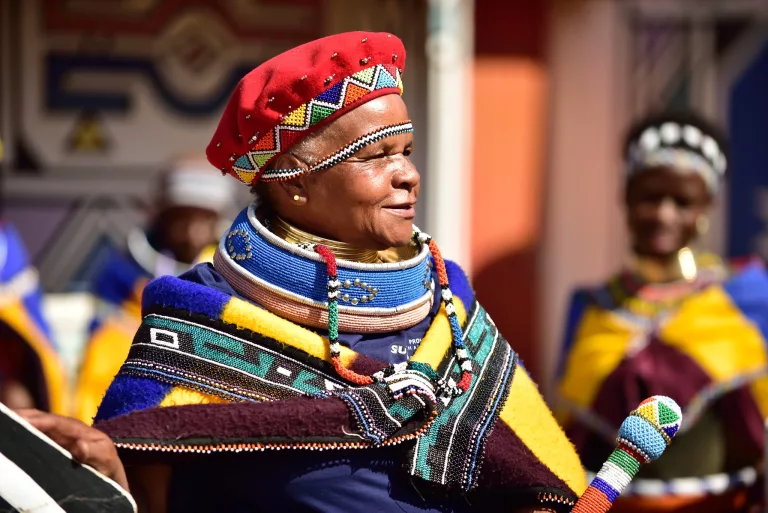South African Culture Today for Beginners
Table of ContentsMore About South African Culture TodayAll about South African Culture TodayHow South African Culture Today can Save You Time, Stress, and Money.Not known Facts About South African Culture TodayHow South African Culture Today can Save You Time, Stress, and Money.The Main Principles Of South African Culture Today
An issue of significance in Zambian towns is the passing away of liked ones. All members of the town placed cash, time and initiative with each other for the interment of the deceased.Songs and dance is a really important element of the Zambian society. The various tribal units have their very own dance kinds; nonetheless, makishi is usual amongst all people.
7 Easy Facts About South African Culture Today Described
When it pertains to songs, drums are used the most, with a range of drumming events. In Zambia, bulk of the people are Christian; Protestant and Roman Catholic. There are little groups of Muslims and Hindus, with the remainder complying with local native tribal ideas.

South African heritage and society is tremendously diverse, and contains several teams of people who each have their own practices and ideas. Having such a variety of individuals and cultures is what makes South Africa so one-of-a-kind. In truth feeling of the phrase, we are a rainbow country.
South Africa has around three hundred thousand Portuguese individuals staying in it. Making it the 7th on the list of nations with the most Portuguese people in it outside of Portugal. Portuguese is not just a society, but it is additionally a language and a nationality. Portuguese individuals originate from the nation of Portugal in Europe, nevertheless, as a result of Portugal (like numerous various other nations in Europe) discovering the world and dominating various other nations during the 15th 20th centuries, South Africa has what we call Portuguese South African's living in it.
South African Culture Today for Dummies
Among the noticeable functions of the topography is a plateau that covers almost two thirds of the center of the nation. The plateau complicated rises toward the southeast, where it culminates in the Drakensberg variety, part of a cliff that divides the plateau from the seaside areas. The Drakensburg consists of Champagne Castle, the greatest height in the nation.
The area north of the Witwatersrand, called the bushveld, inclines downward from east to west toward the Limpopo River, which forms the global boundary. The western section of the plateau, the middleveld, also descends in the direction of the west and differs in altitude between the highveld and bushveld. In between the Drakensburg and the eastern and southerly coastline, the land descends to the sea.
Nearer the shore there is a low-lying level called the eastern lowveld. Southwest of the plateau the nation becomes considerably much more dry, paving the way to the hostile desert of the Great Karroo, approached the eastern by the lower, better sprinkled plateau of the Little Karroo. Dividing the completely dry southern inside from the sandy littoral of the southern coast and West Cape is an additional range, the Langeberg.
The smart Trick of South African Culture Today That Nobody is Talking About
The nation's racially, ethnically, and politically separated background has actually produced national and subnational symbols that still operate as icons of the nation, and others symbols that are accepted only by specific groups. The monuments to white inhabitant occupation and political prominence, such as the Afrikaner Voortrekker ("leader") Monolith in Pretoria and the Rhodes Monolith recognizing the British colonial realm builder and Cape head of state Cecil Rhodes, remain sectarian symbols.
The first modern residents were the San ("bushman") hunter-gatherers and the Khoi ("Hottentot") peoples, that rounded up animals (South African culture today). The San may have click this been present for thousands of years and left evidence of their visibility in hundreds of old cavern paintings ("rock art"). Bantu-speaking clans that were the ancestors of the Nguni (today's amaZulu, amaXhosa, amaSwazi, and vaTsonga individuals) and Tswana-Sotho language teams (today's Batswana and Southern and Northern Basotho) moved down from east Africa as early as the fifteenth century

Both former republics of the Orange Free State and Transvaal (South African Republic) were developed by Afrikaner inhabitants that defeated and dispossessed the Basotho and Batswana. Lesotho would have been forcibly included right into the Orange Free State without the extension of British protection in 1869. The best marriage of the nation resulted from the South African War (18991902) in between the British and the two Afrikaner republics, which decreased the country to wreck at the beginning of the twentieth century.
Afrikaners historically look at this now considered themselves the only true South Africans and, while granting full citizenship to all homeowners of European descent, rejected that status to people of shade till the democratic shift of 1994. British South Africans maintain a sense of cultural and social connection to Great Britain without compromising their identity as South Africans.
Examine This Report about South African Culture Today
The variety and fragmentation within ethnic groupings and the equilibrium of stress between those teams throughout the twentieth century protected against interethnic civil conflict. While intergroup stress over sources, privileges, and political dominance continue to be, those problems are as likely to pit Zulu against Zulu as Zulu against Xhosa or African against Afrikaner.
From colonial India, British vendors and managers brought the bent steel decorative roofs and slender lace work columns that still typify the terraces of homes in the areas and cities throughout the country. Holy places add a vital architectural element even in the smallest communities. In enhancement to the skyrocketing steeples and timeless stonework of Afrikaans Dutch Reformed churches, Anglican churches, synagogues, mosques, and Hindu temples give range to the religious building scene.

Slaughtering and the brewing of traditional cereal beer are necessary in safeguarding the hop over to here participation and goodwill of the ancestors who are considered the guardians of good ton of money, success, and wellness. Indian areas keep their indigenous cooking practices and use them on Islamic and Hindu routine and ritualistic celebrations. Afrikaners and Coloured people gather at weekend breaks and unique events at multifamily barbecues called braais, where neighborhood bonds are enhanced.
Because this was the key financial venture of both black Africans and white homesteaders, dispute between those groups fixated the property of grazing land and animals. In 1867, the biggest ruby down payments worldwide were found at Kimberley in the west main location. The riches from those areas aided finance the exploitation of the best gold coral reef on the planet, which was uncovered on the Witwatersrand in 1886.
The 25-Second Trick For South African Culture Today
This brought about misconceptions and deliberate misstatement in the dealings of white inhabitants and government officials with African principals during the colonial period (South African culture today). In the establishment of African reserves, some elements of public and primarily "tribal depend on" land period were maintained, and even in white rural locations, kinds of public tenure were still practiced in areas with African areas
After the democratic transformation of 1994, programs for land restitution, redistribution, and reform were set up, yet progression has been slow. The white minority still regulates eighty percent of the land. In the wake of agricultural land intrusions in Zimbabwe, the Department of Land Affairs has vowed to speed land redistribution.